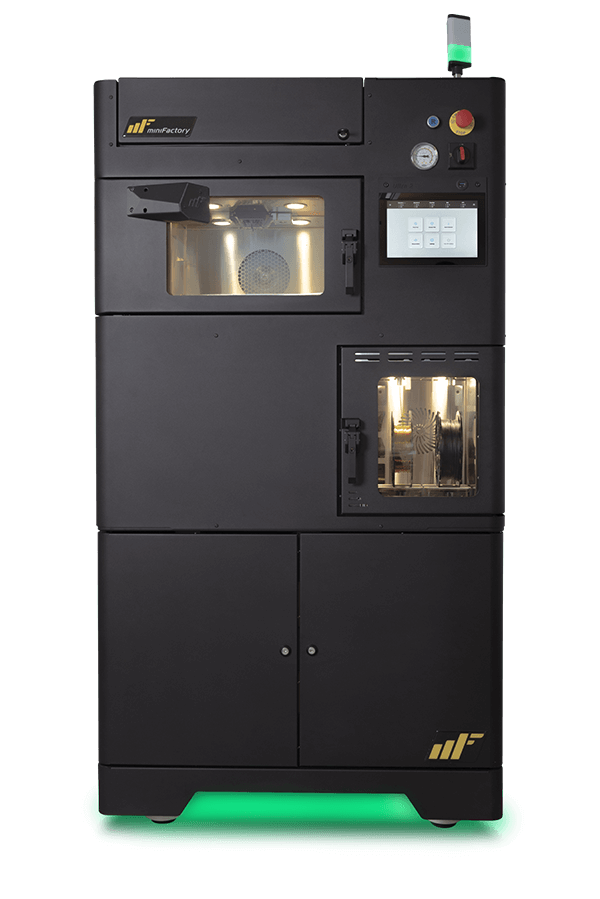Menu
close
3D printing revolutionizes the automotive industry by offering the opportunity for more environmentally friendly and on-demand production. Due to the high-performance polymers, you can make lightweight, durable, and reliable automotive parts quickly and cost-effectively with 3D printing.
3D printing with high-performance polymers and composites in motorsport enables the production of racing grade parts on-demand and on-site faster than ever before.
The transportation field is moving towards a more sustainable future with electric vehicles. However, due to the transformation from conventional engines to electric, the requirements for materials are more demanding than before.
3D printing in the automotive industry enables a short lead time for assembly tools and jigs. By utilizing high-performance polymers, the durability of these tools can be pushed to the next level due to the extreme chemical and heat resistance of the material.
The manufacturing of racing-grade parts can take multiple weeks. With 3D printing of high-performance polymers, the production can be done overnight and on-site. At best, this happens within hours, without special tools, molds, or multi-stage manufacturing methods. On most occasions, the 3D printed version of the part can even outperform the original one. In addition, with 3D printing, there is a possibility to optimize the airflow of the part to gain the best possible performance.
“With the miniFactory Ultra 3D printer, we can create end-use parts with integrated features. Those parts used to be difficult to obtain or even manufacture. An excellent example of such a part is the new turbo intake pipe that we 3D printed. The complex geometry combined with optimized airflow never ceases to amaze me.”
-Jari-Matti Latvala, JML-Sports
Naturally insulating high-performance polymers provide superior electrical insulation over metals, which is a must for power generation equipment that deals with electrical currents. In addition, high-performance polymers have shown higher dielectric strength and resistivity and enhanced thermal conduction and stability in extreme conditions. These properties provide unprecedented opportunities for product design and manufacturing.
Thanks to the combination of admirable electrical insulation properties and up to 250°C heat resistance, 3D printing high-performance polymers unlocks new applications in the automotive industry.
The manufacturing processes in the automotive industry are complex, and a wide variety of special tools and fixtures are required in the work stages. When tools are also needed to withstand different chemicals or high temperatures, 3D printing high-performance polymers is the perfect solution to meet this need.
High-performance tools printed with ultra-polymers are a durable solution for extreme environments. An excellent example is a car's painting process, where the painted parts are exposed to chemicals and high temperatures.

Contact us and our specialists will be in touch shortly.
"*" indicates required fields